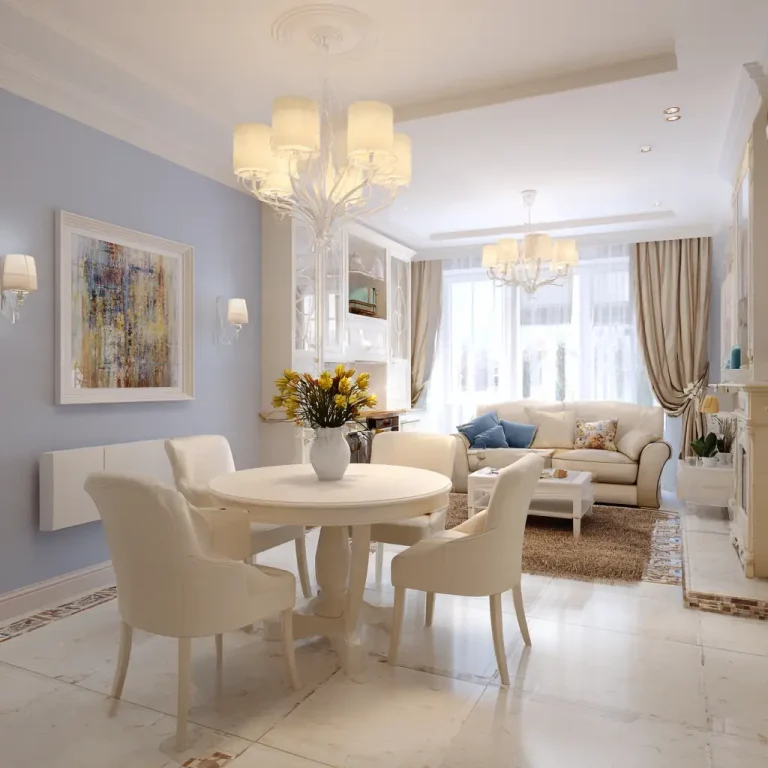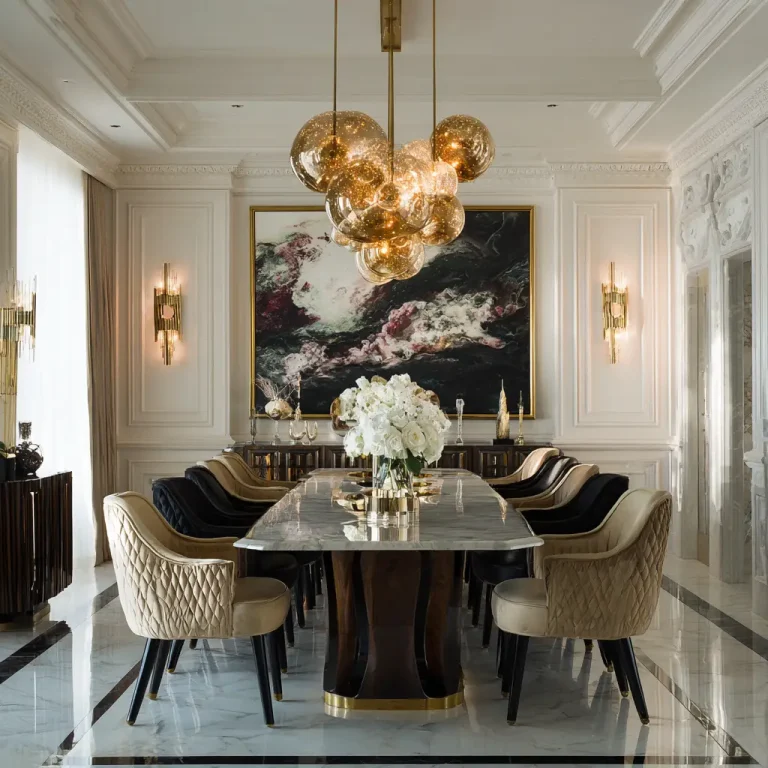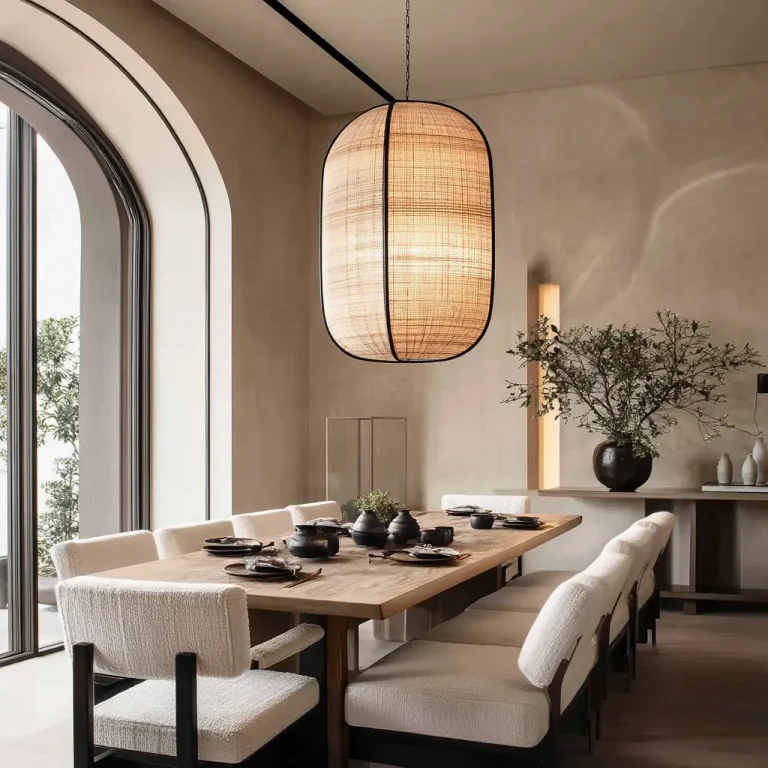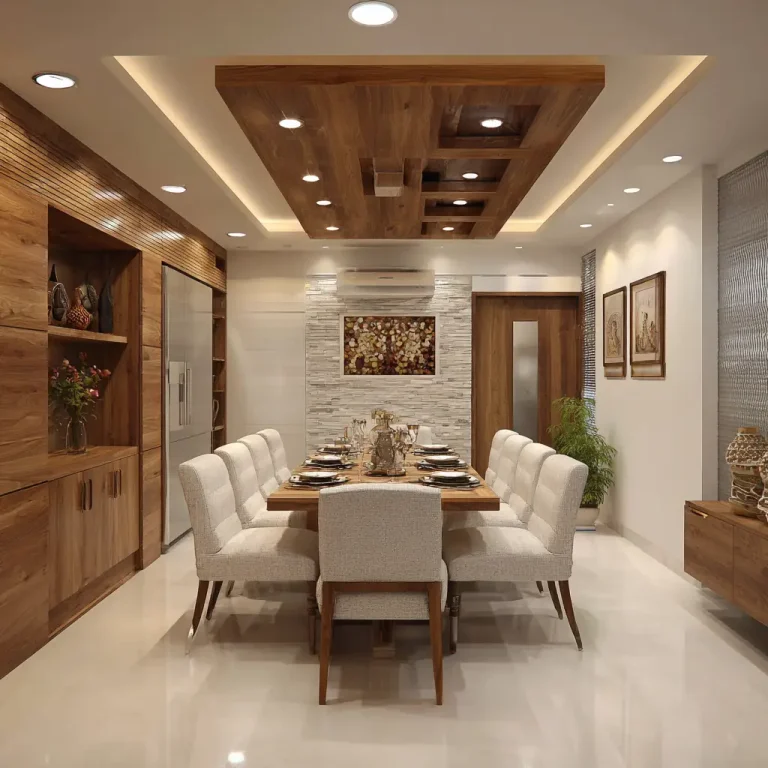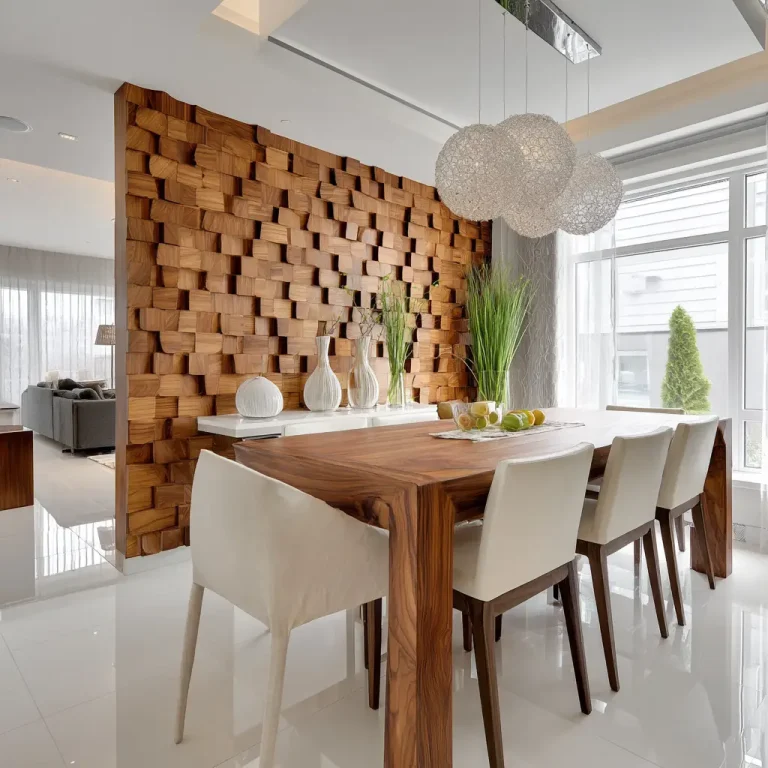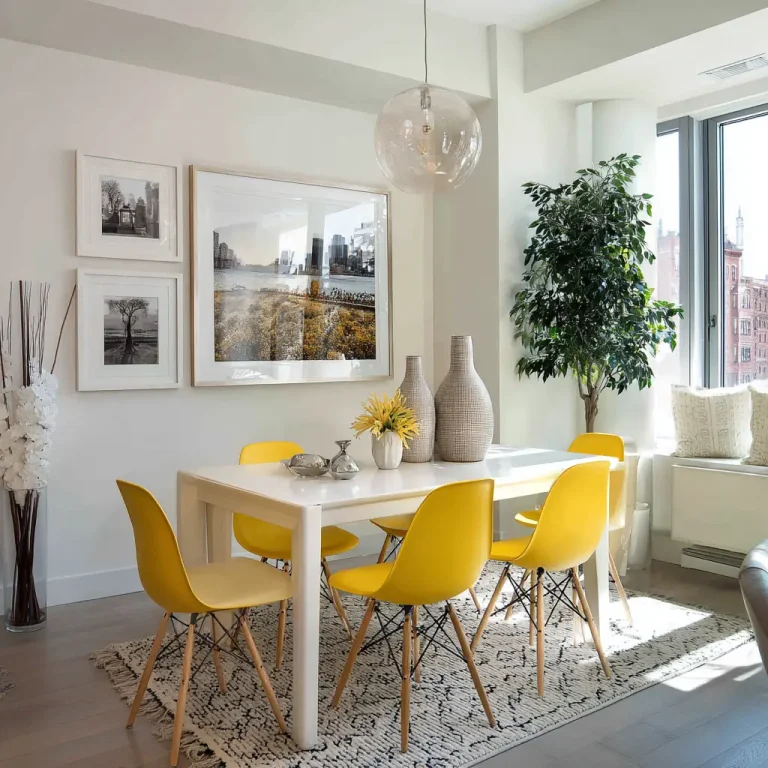17 Dining Room Interior Design Ideas to Elevate Your Space
The dining room is where meals become memories—whether you’re hosting Sunday brunch or enjoying a quiet dinner with family. But designing a dining room that’s both functional and inviting can be tricky. These 17 ideas will help you find the perfect balance between comfort and style.
1. Mix and Match Chairs
Uniform dining chairs are classic, but mismatched chairs add personality. Try combining vintage finds with modern designs for an eclectic yet cohesive look.
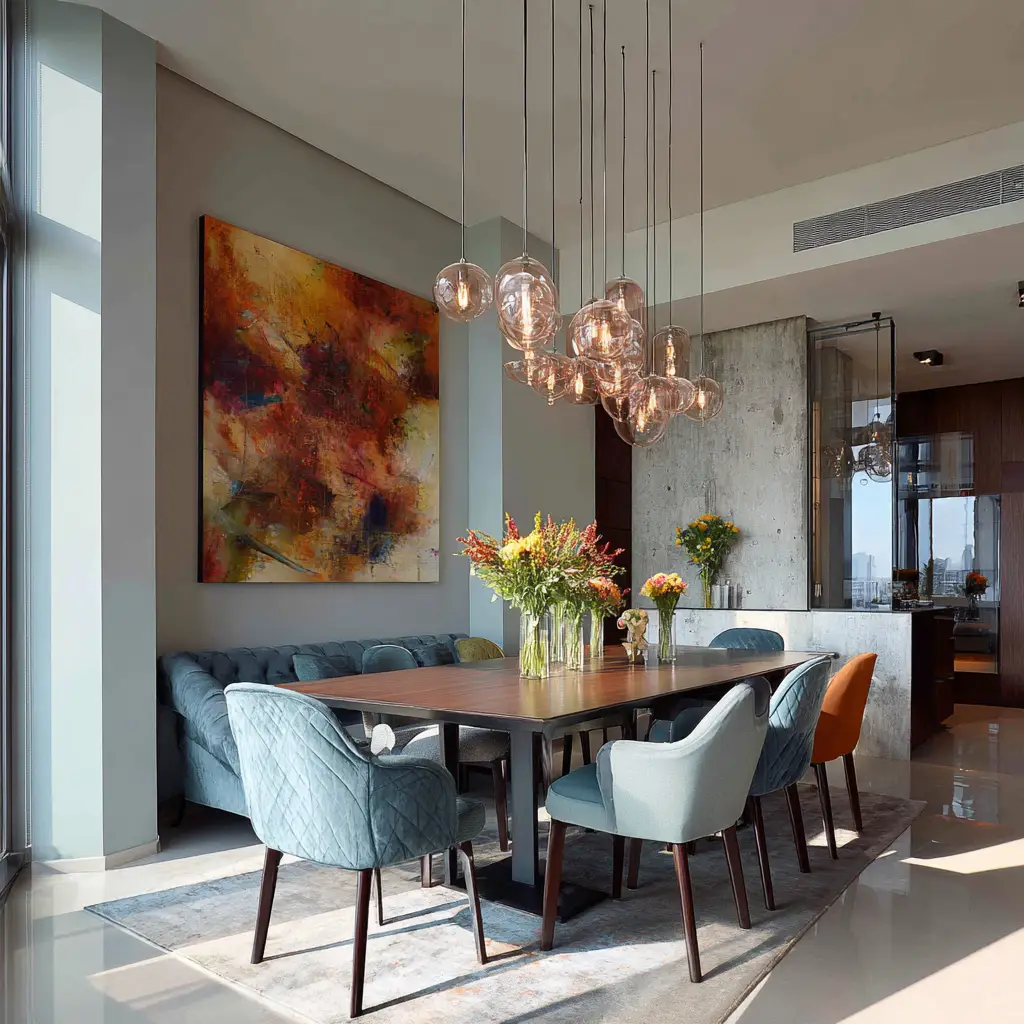
2. Statement Lighting
A bold chandelier or a sleek pendant light can be a game-changer. Lighting sets the mood and highlights your table as the focal point.
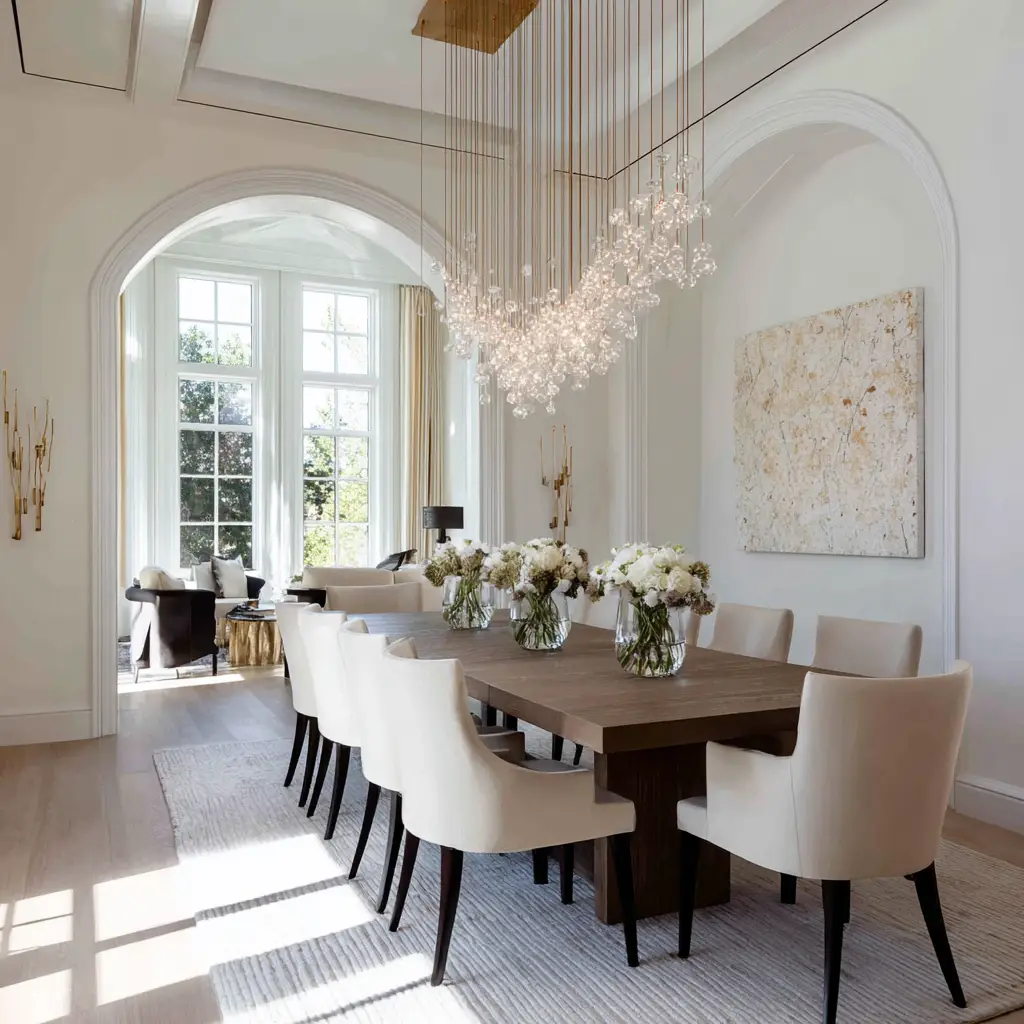
3. Go Minimalist
Sometimes less is more. Clean lines, neutral tones, and uncluttered surfaces can make your dining room feel calm and modern.
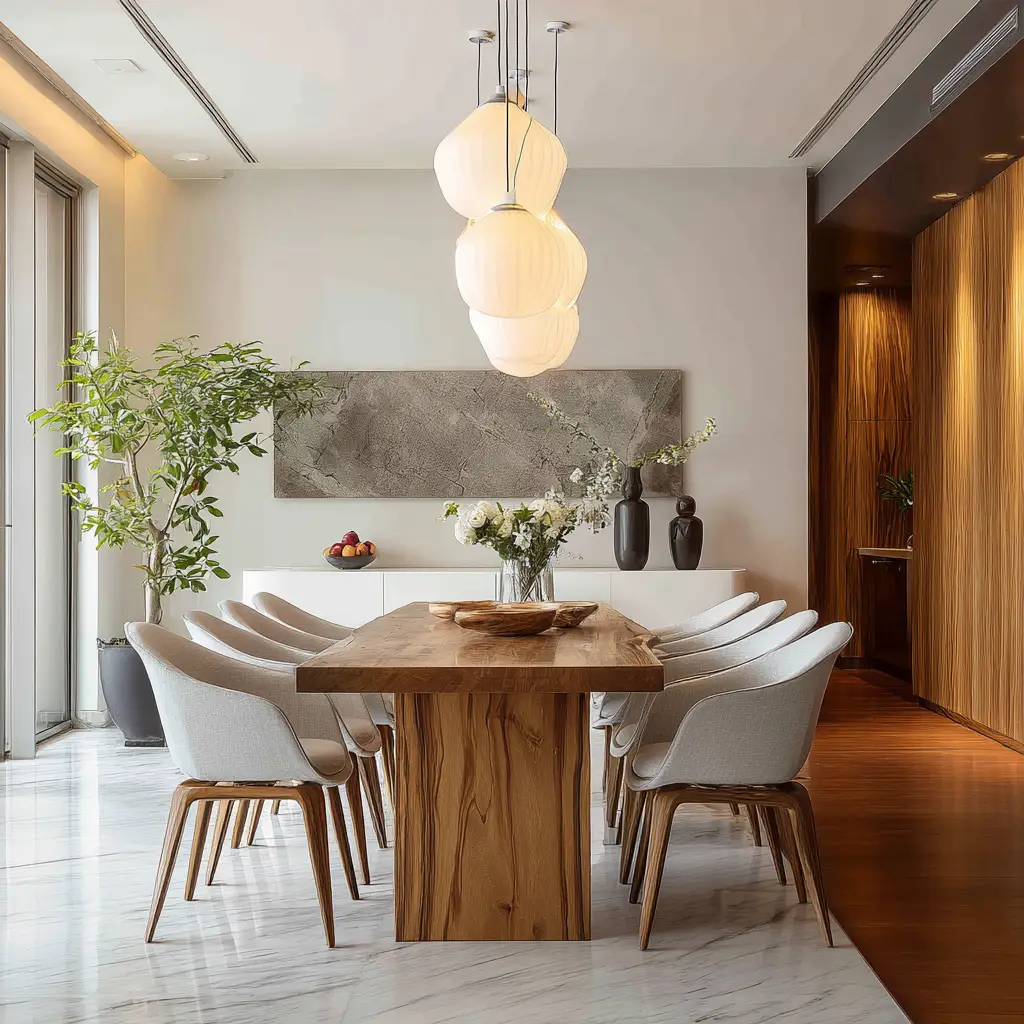
4. Add a Pop of Color
Inject energy into your space with a bold accent wall, colorful art, or vibrant upholstery. Even one unexpected color can bring life to a room.
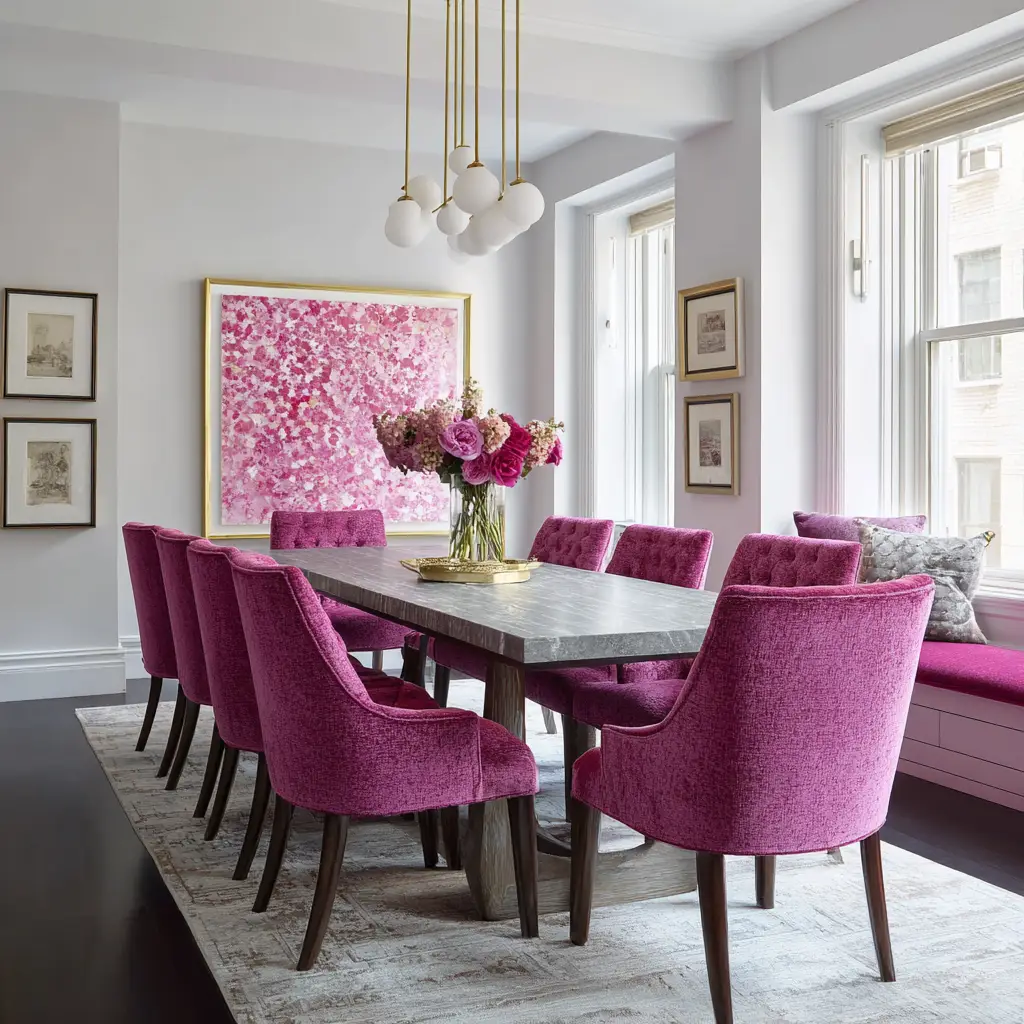
5. Incorporate Natural Elements
Bring the outside in with wood, stone, or rattan. A reclaimed wood dining table or woven chairs can add warmth and texture.
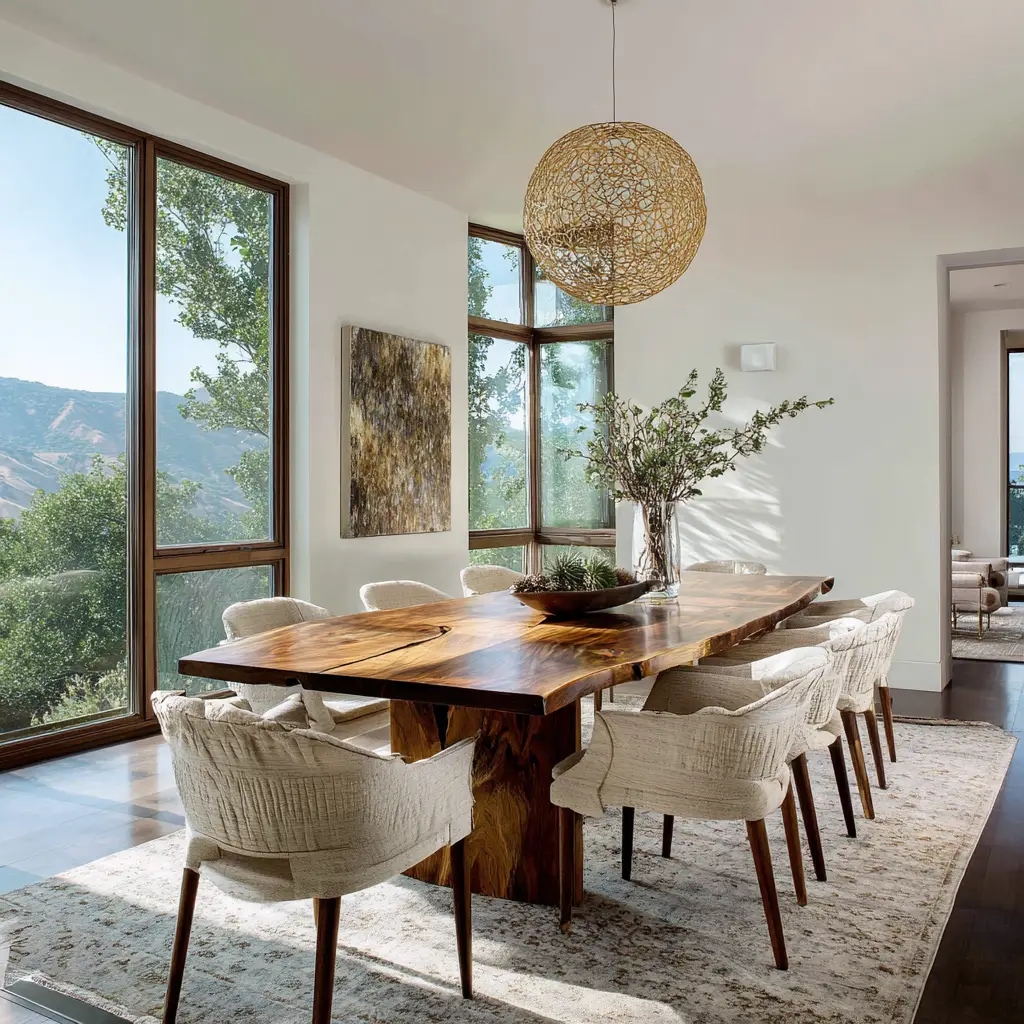
6. Embrace Dark Walls
Deep blues, greens, or charcoals create a cozy, intimate dining experience. Pair with light-colored furniture to keep things balanced.
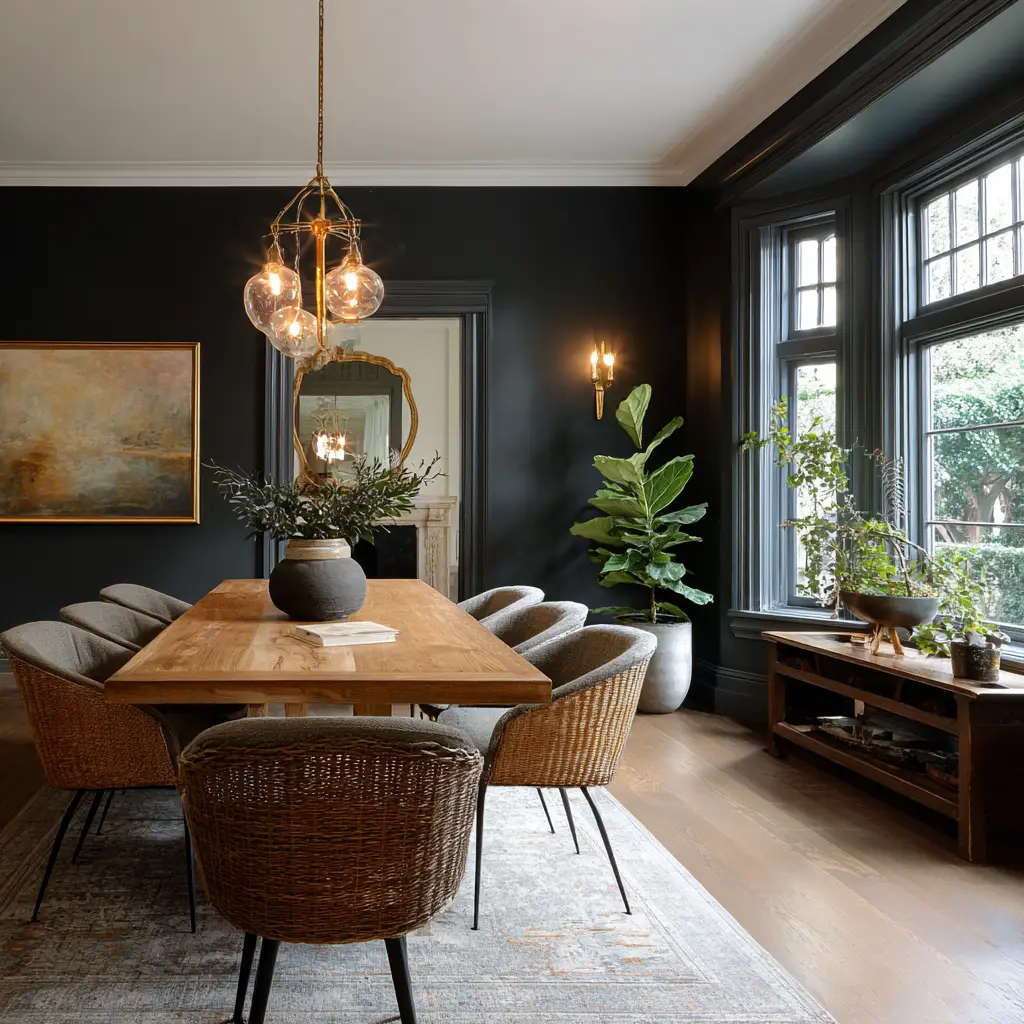
7. Use a Round Table
Ideal for smaller spaces or encouraging conversation, round tables offer flow and intimacy that rectangular tables sometimes lack.
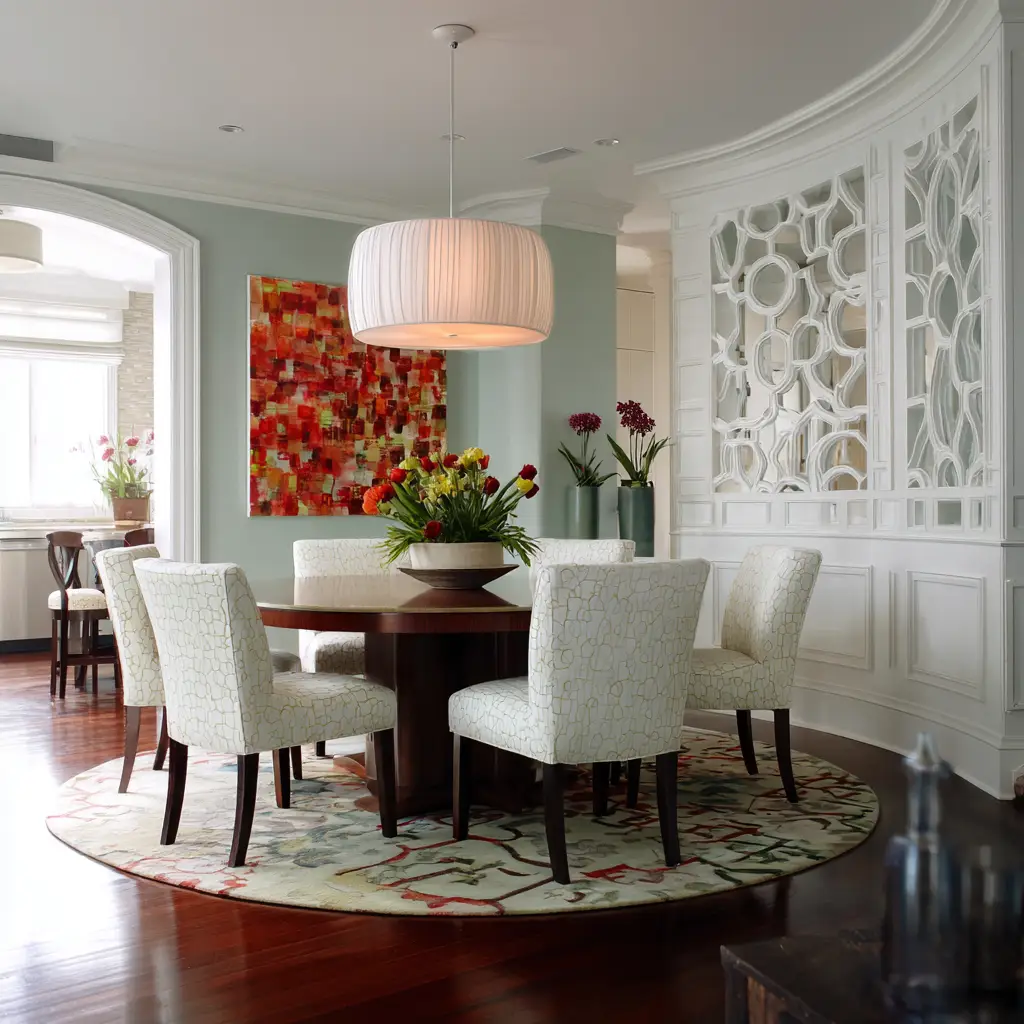
8. Play With Patterns
Patterned wallpaper or a bold rug under the table adds personality. Just be mindful not to overdo it—balance is key.
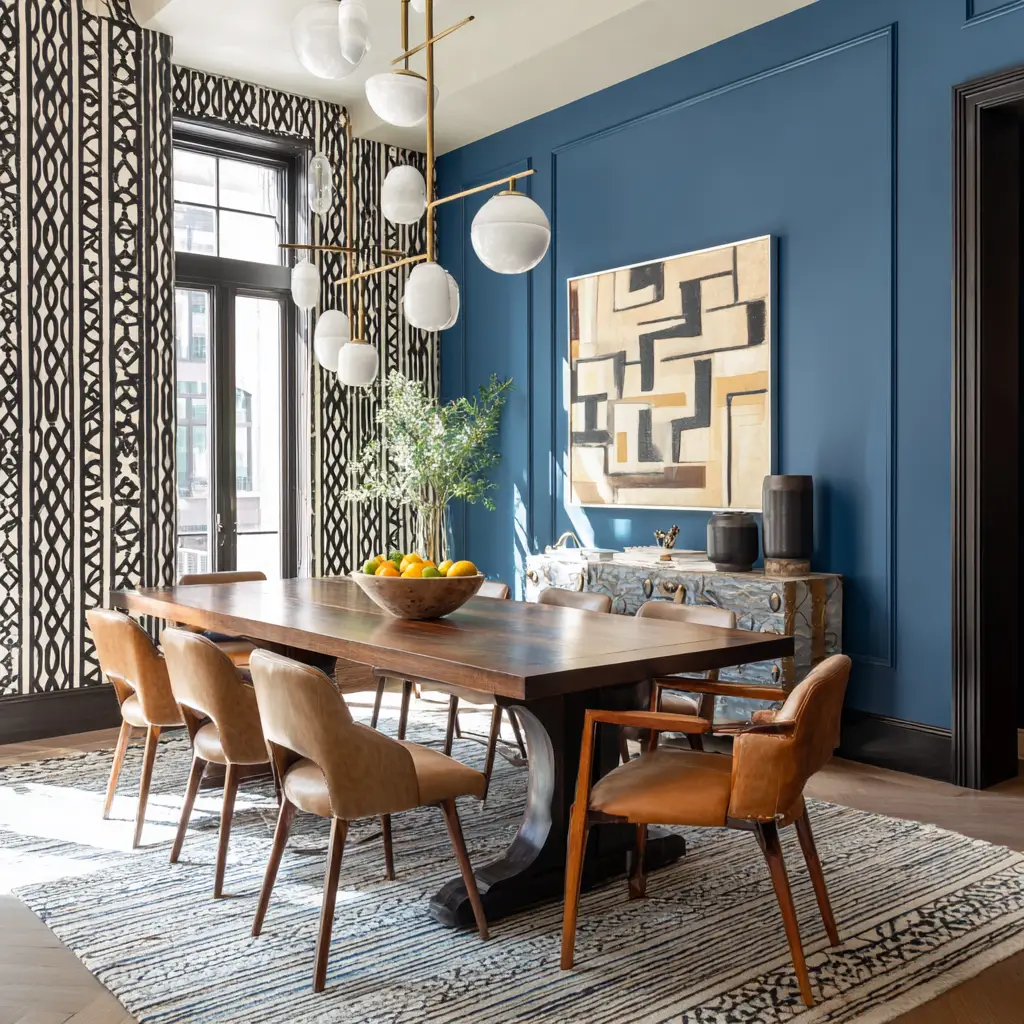
9. Layer Lighting
Use a mix of overhead lighting, sconces, and candles. Layered lighting makes your dining area feel warm and versatile, perfect for day or night.
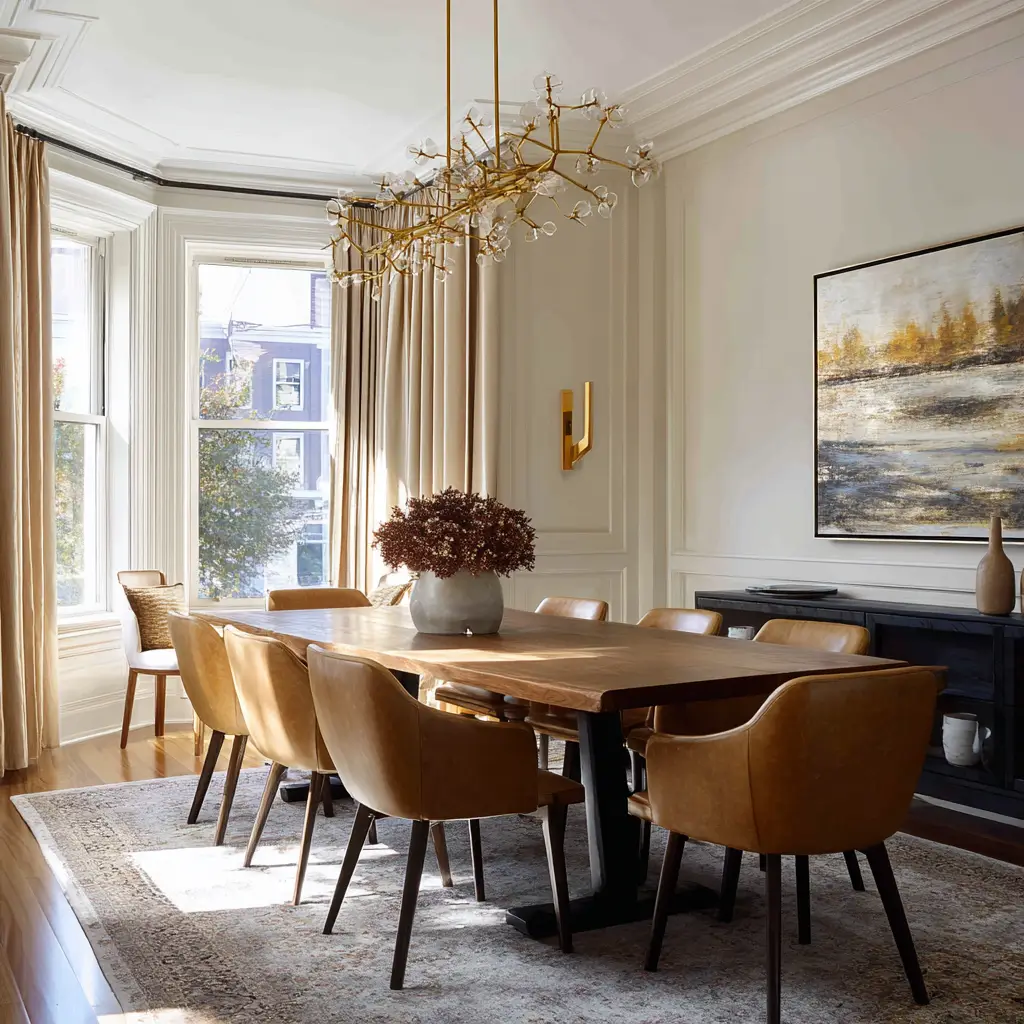
10. Built-in Storage
Buffets and sideboards aren’t just decorative—they’re incredibly functional. Store linens, serveware, or even your wine collection neatly.
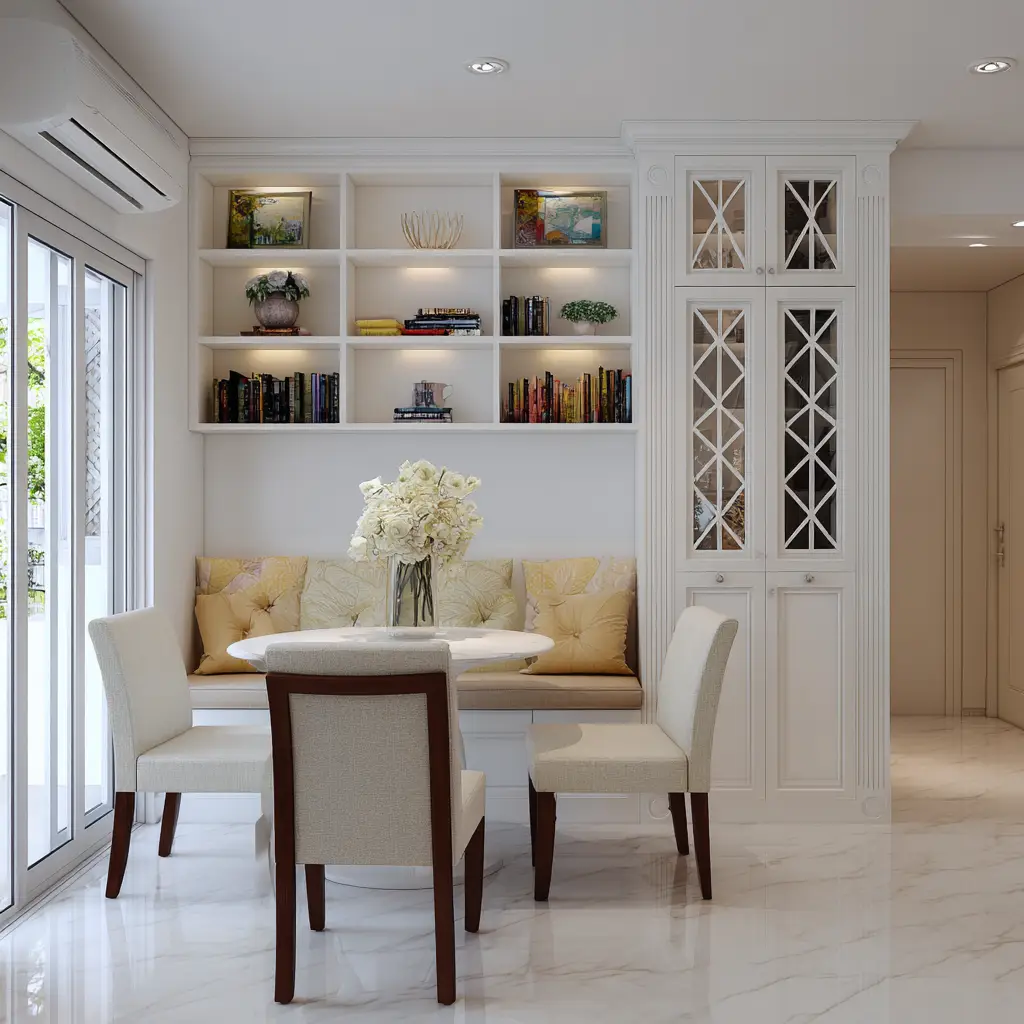
11. Open Concept Flow
If your dining room shares space with the kitchen or living area, use rugs, lighting, or architectural features to define the dining zone.
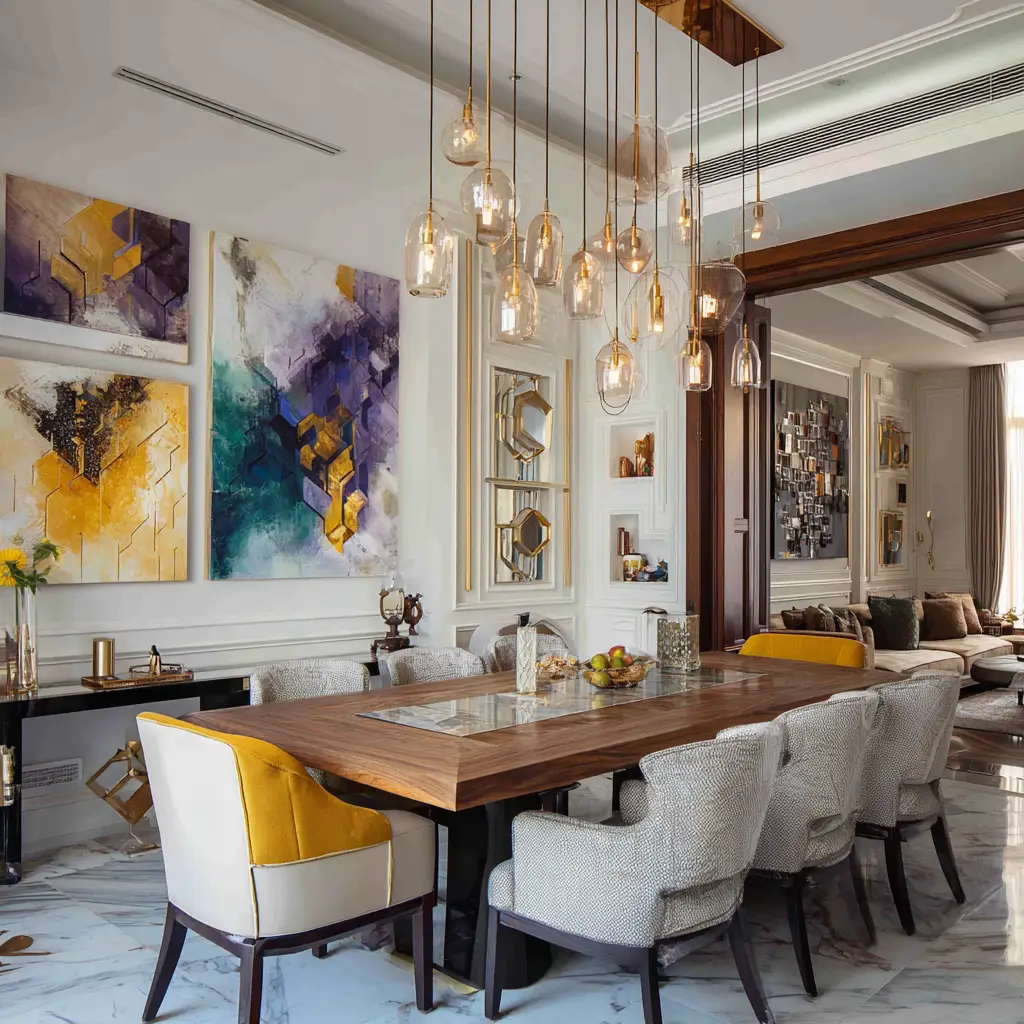
12. Play with Texture
Combining smooth surfaces like glass or metal with textured elements like linen, wood, or leather adds depth and interest.
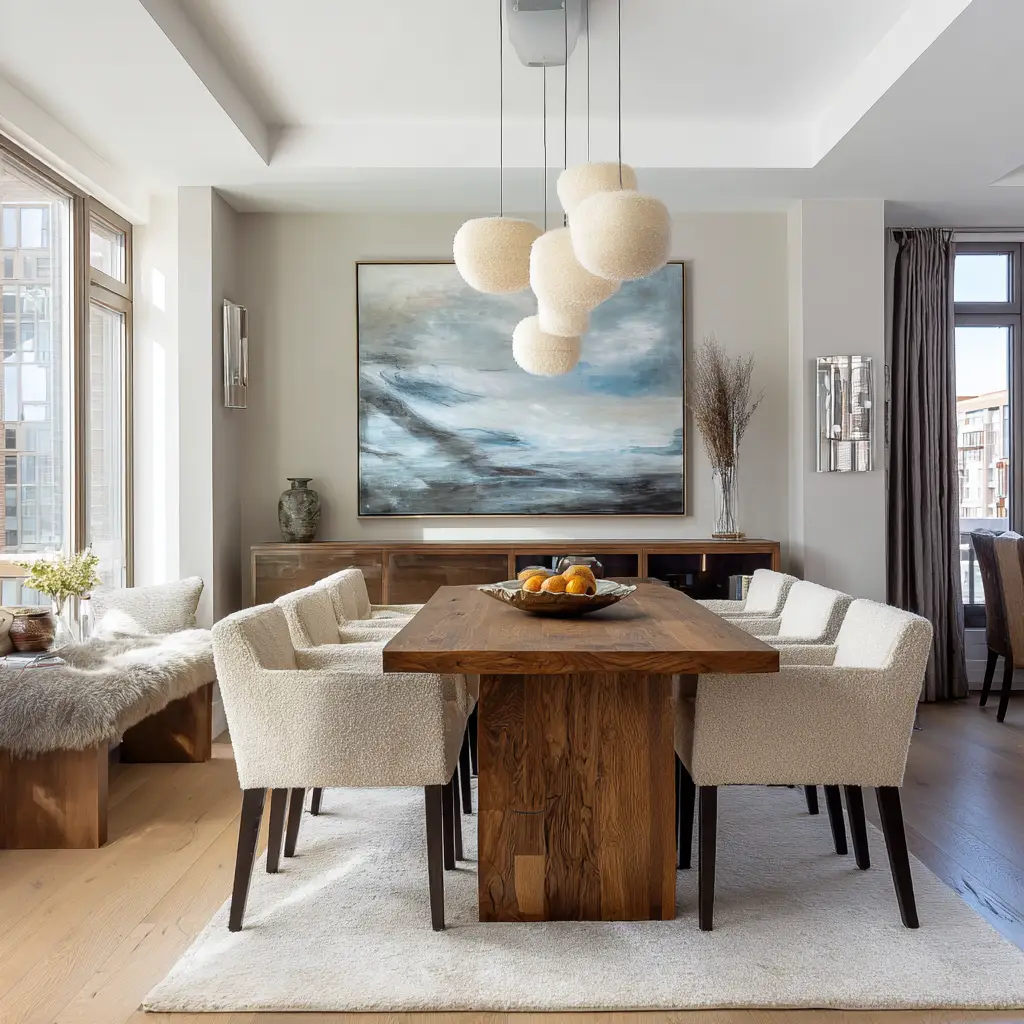
13. Display Art or a Gallery Wall
Make the room feel personal with meaningful artwork or a family photo wall. It brings warmth and tells your story.
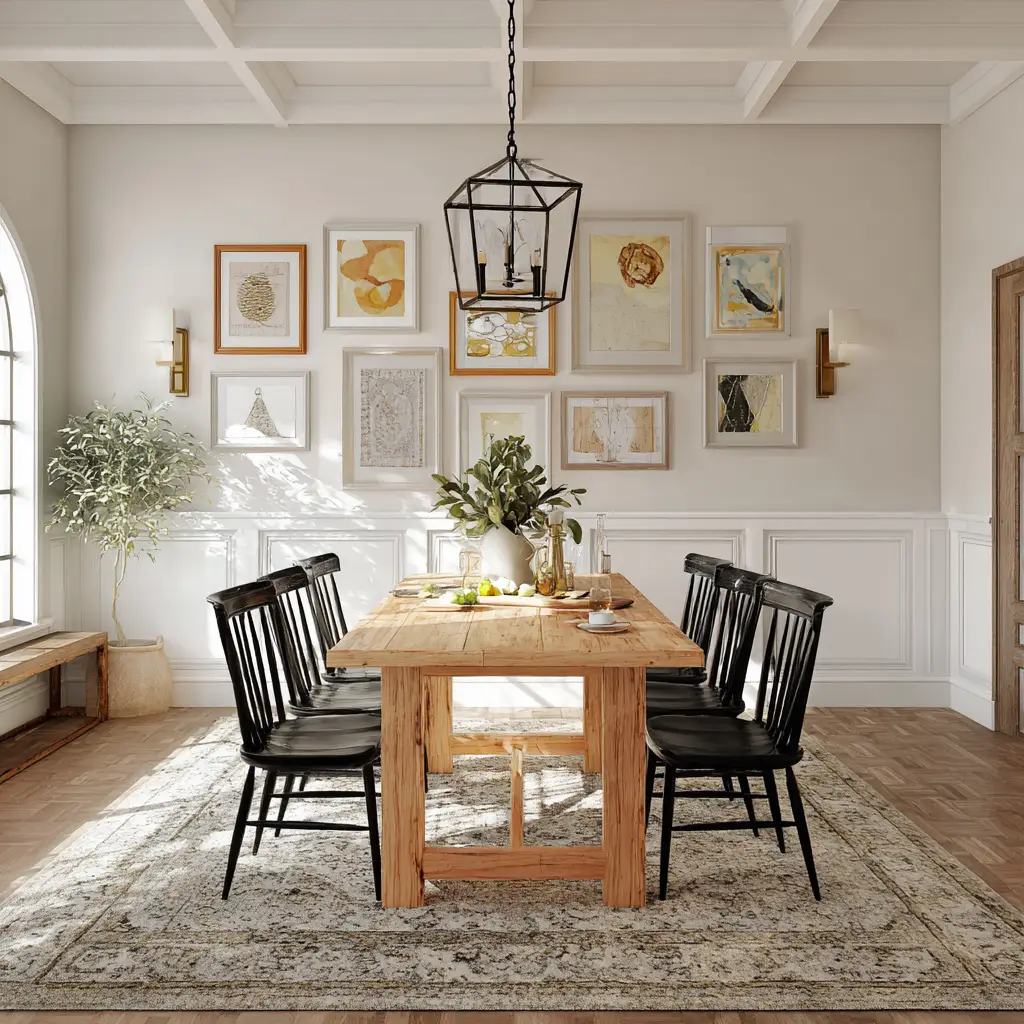
14. Use Mirrors to Reflect Light
Mirrors can make a space feel bigger and brighter. Consider placing one opposite a window or behind your dining table.
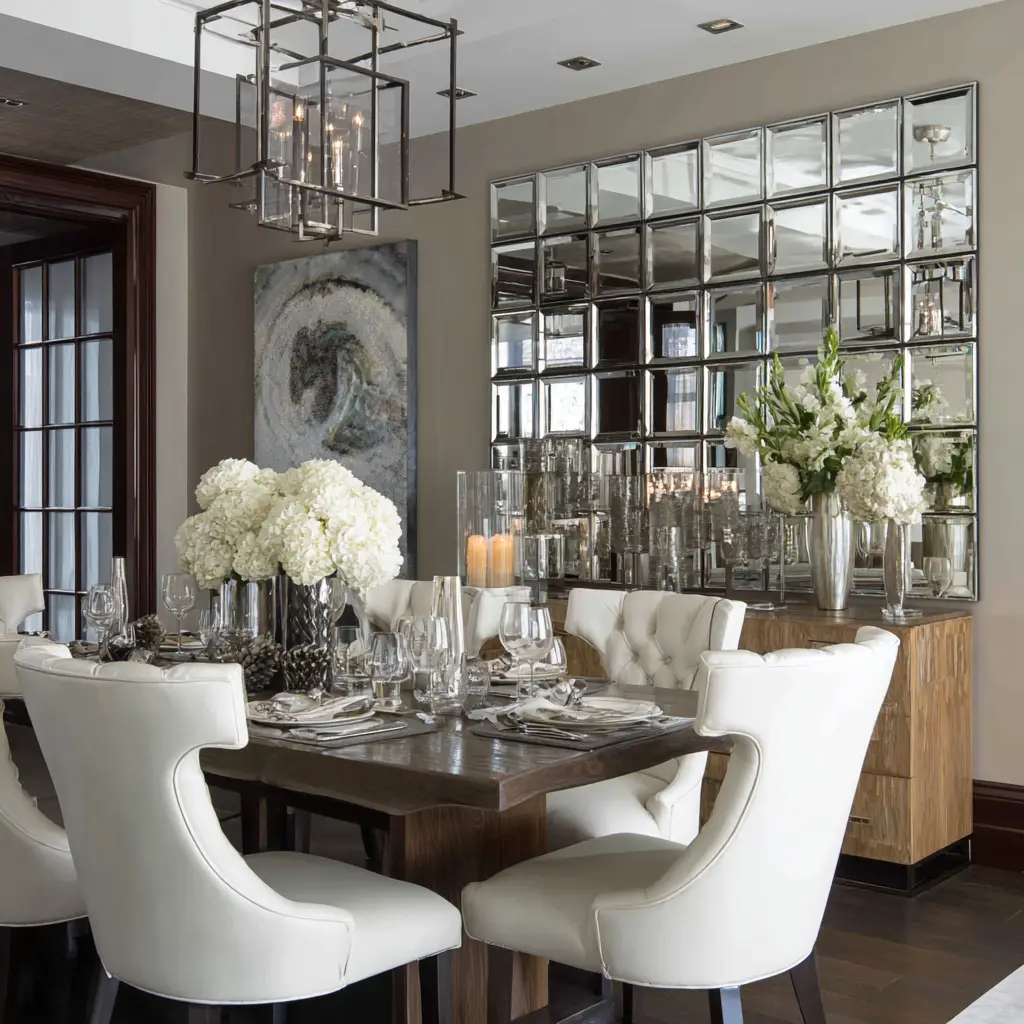
15. Cozy Seating Options
Bench seating, plush chairs, or even throw pillows can soften the dining experience and make guests linger longer.
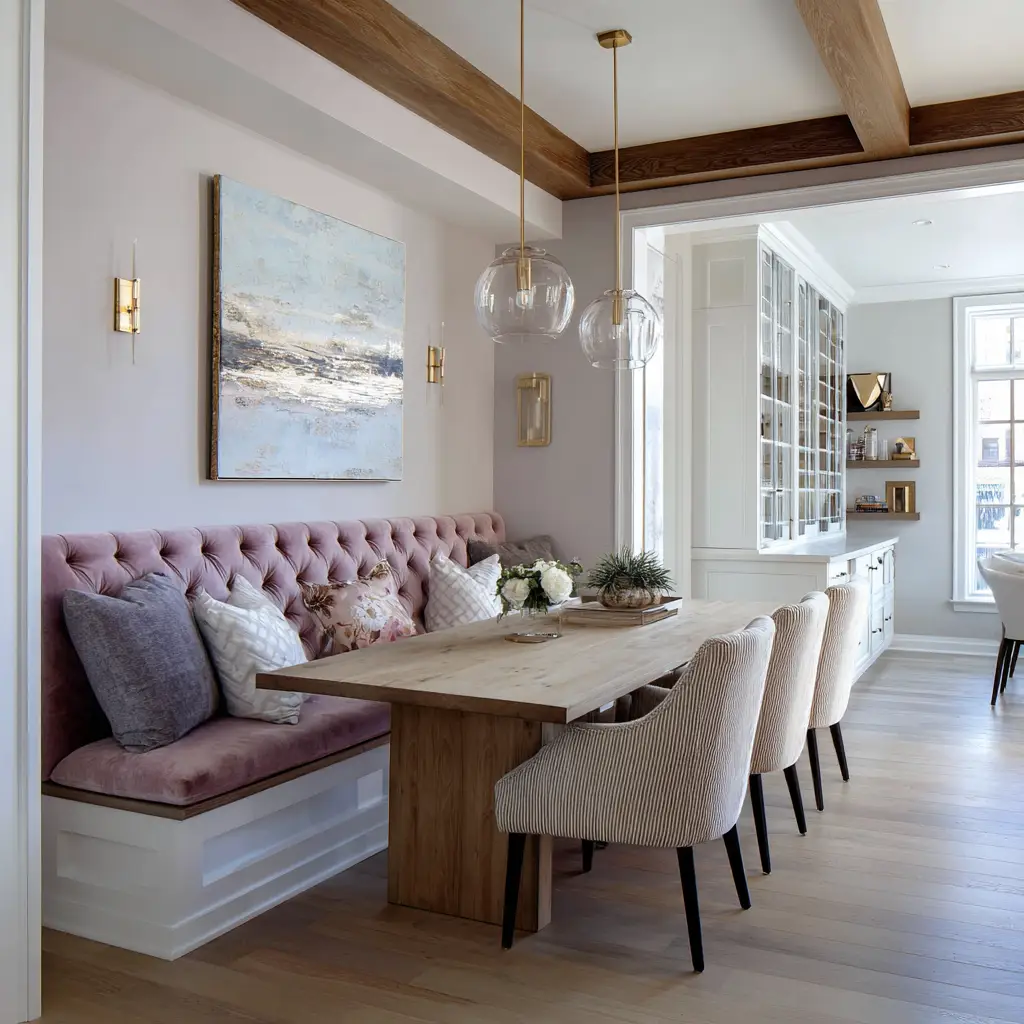
16. Add Greenery
Plants breathe life into any space. A vase of fresh flowers or a few potted plants on a sideboard can make a big difference.
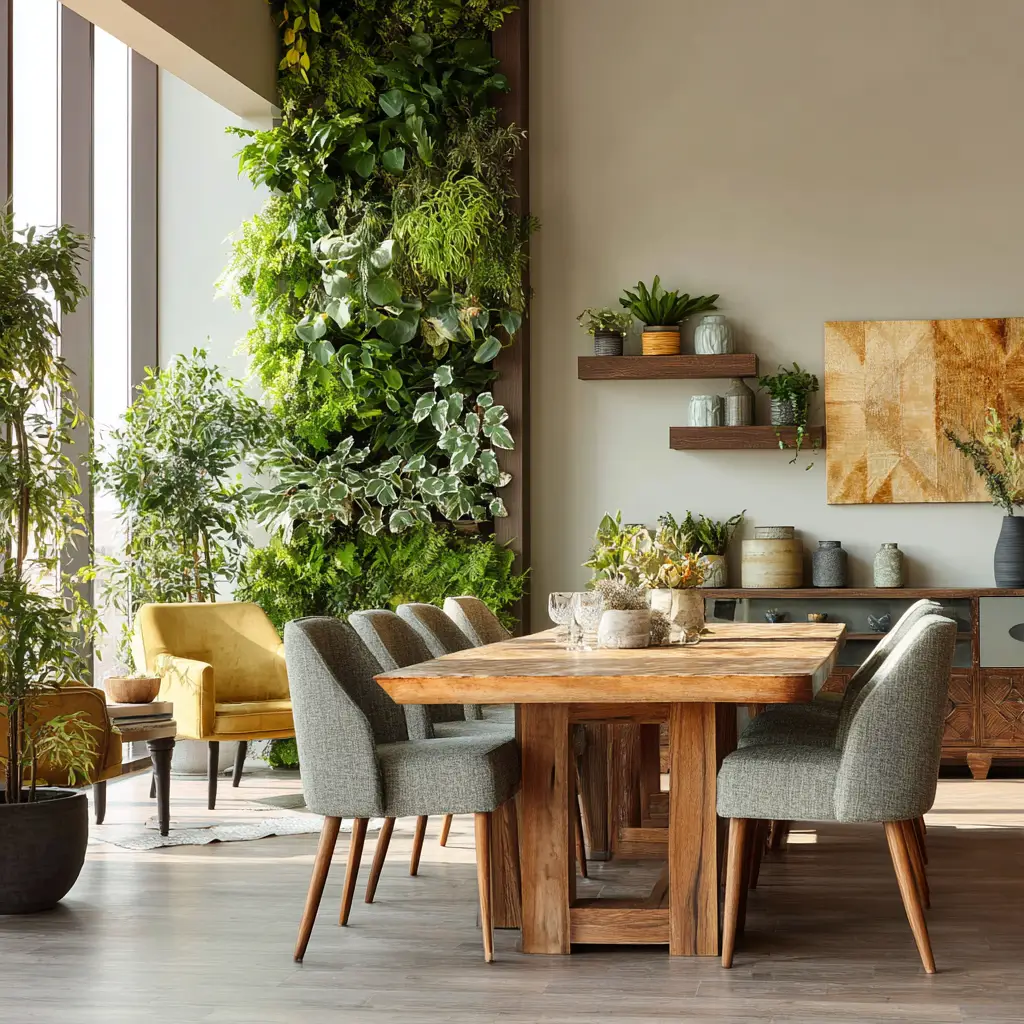
17. Try a Theme or Era
Mid-century modern, coastal chic, rustic farmhouse—choosing a style direction can guide your design and make your space feel intentional.
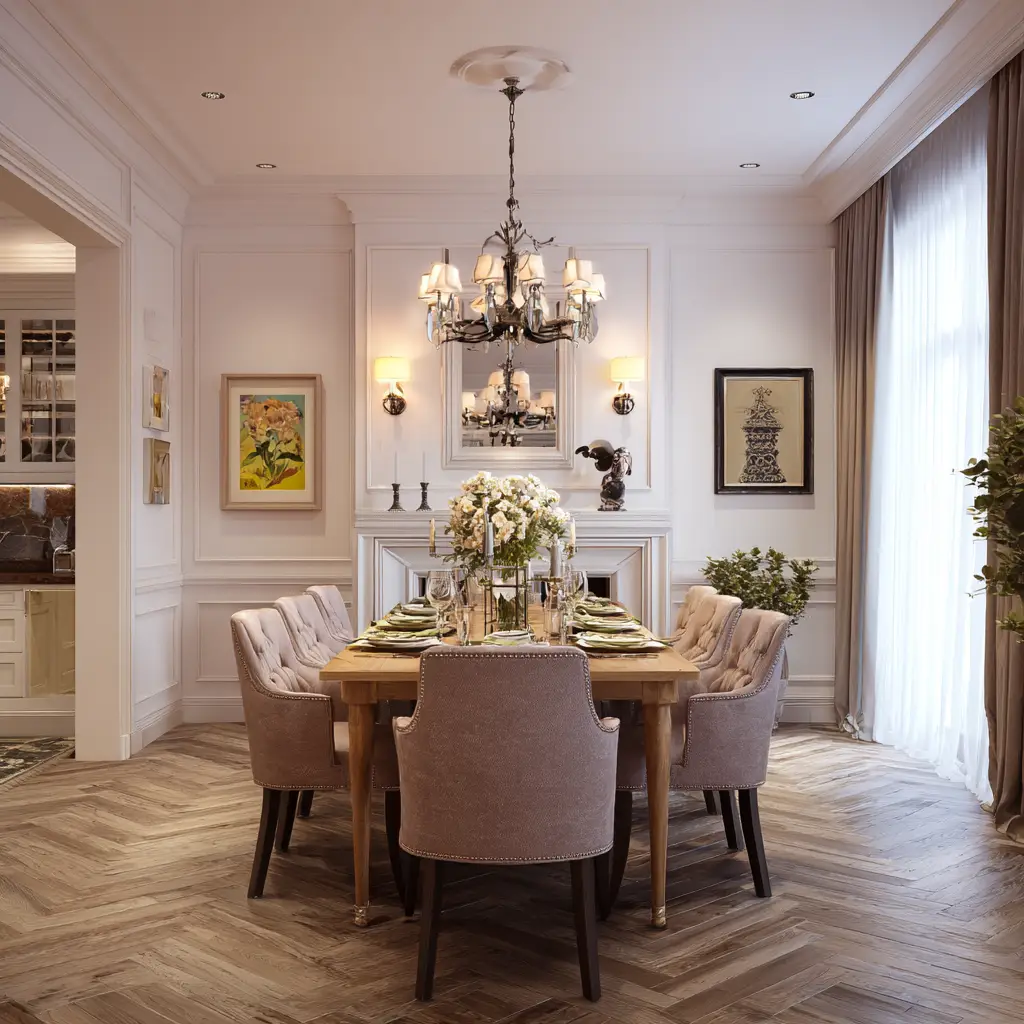
FAQs
What is the best color for a dining room?
It depends on the mood you want to create. Soft neutrals and pastels feel airy and light, while deep hues like navy or emerald make the room feel cozy and dramatic.
How can I make my small dining room look bigger?
Use mirrors, light colors, and furniture with open legs. Round tables and built-in storage also help save space while keeping the room functional.
Should the dining room match the kitchen or living room?
Not exactly, but they should feel cohesive—especially in open-concept spaces. Use similar tones, materials, or complementary colors to maintain flow.
Can I use a rug under the dining table?
Absolutely. Just ensure it’s large enough so chairs stay on the rug even when pulled out, and choose a low-pile option for easier cleaning.
What’s the most important piece in a dining room?
The table is the heart of the dining room. Choose one that fits your lifestyle and space, then build your design around it.
Conclusion
Designing your dining room is about more than aesthetics—it’s about creating a space where people want to gather. Whether you’re drawn to cozy textures, bold statements, or clean minimalism, the right design can transform everyday meals into memorable moments. Start with one or two changes and let your dining room evolve into a reflection of how you live and host.
